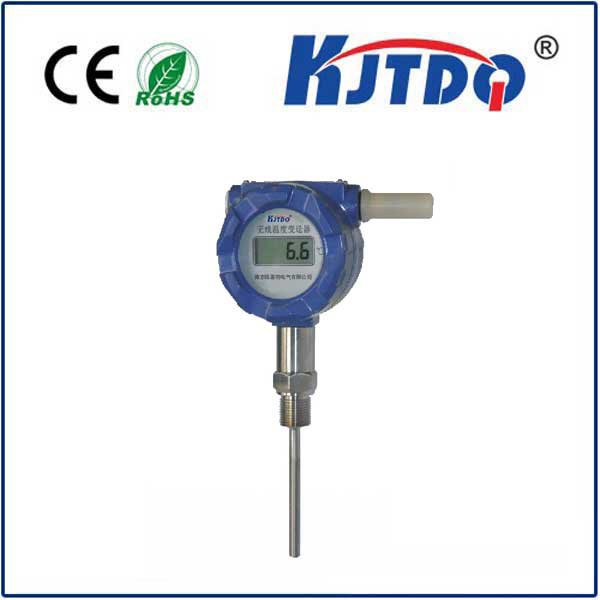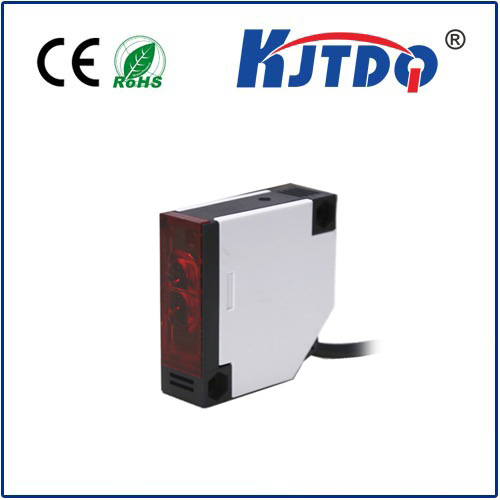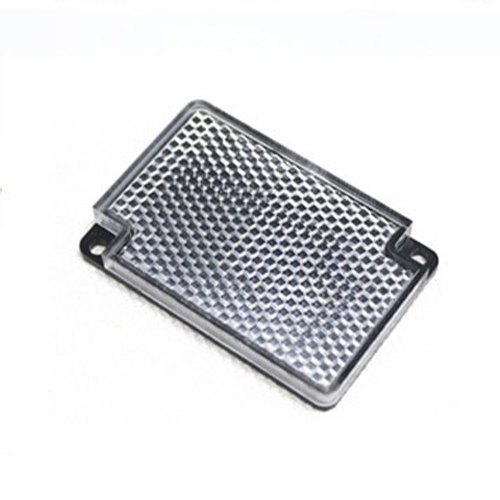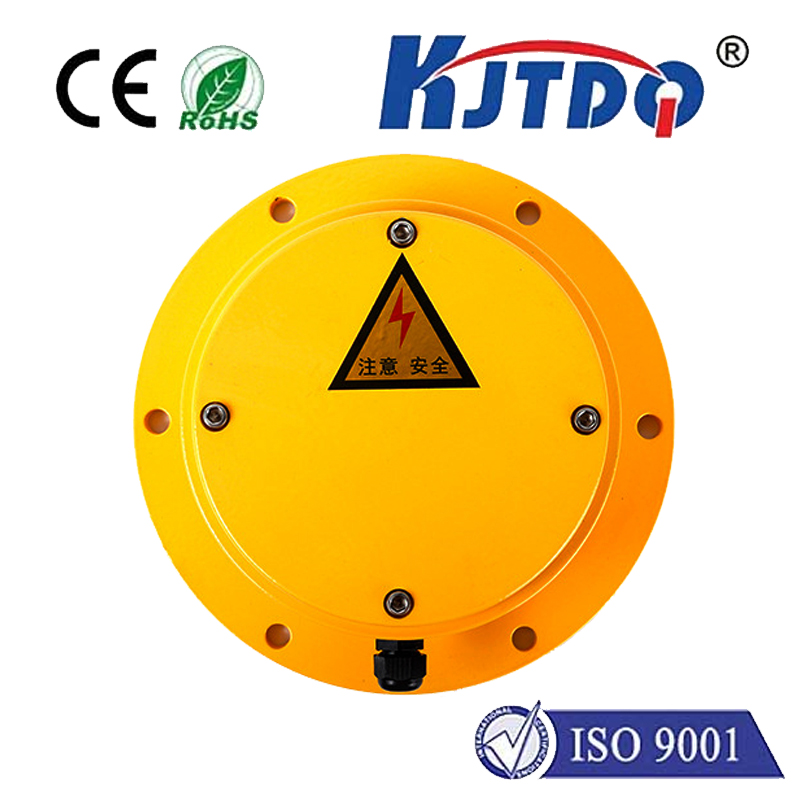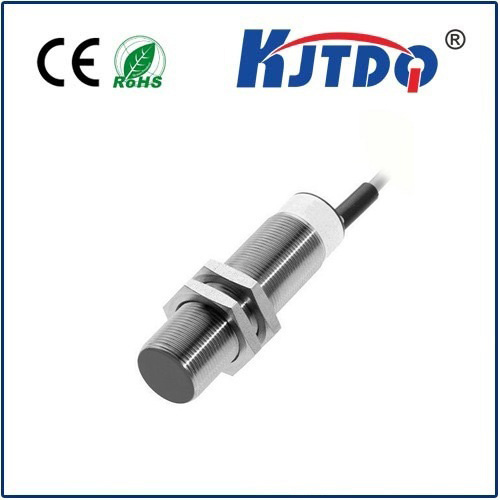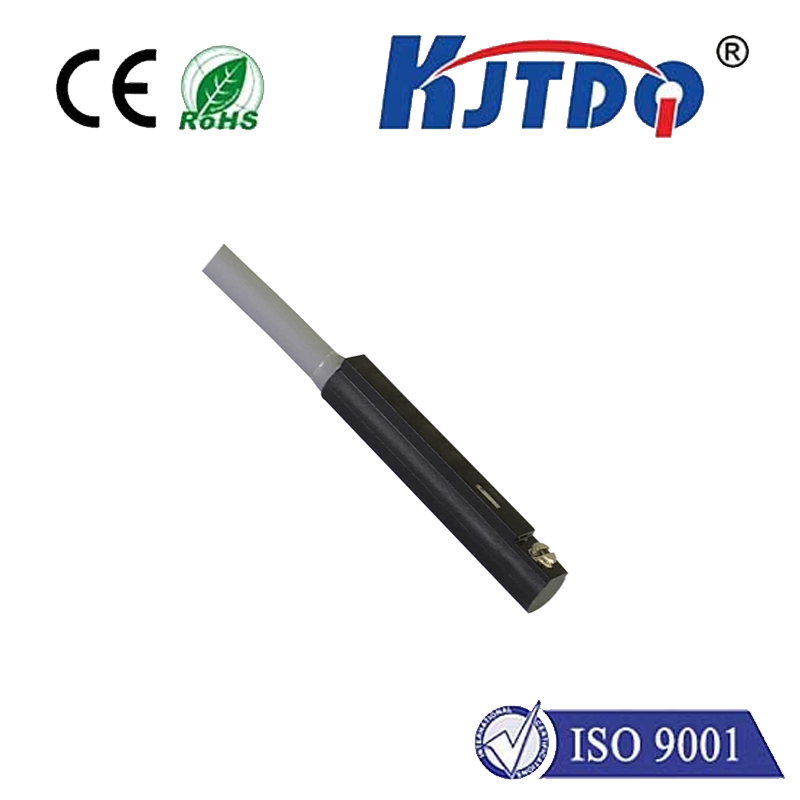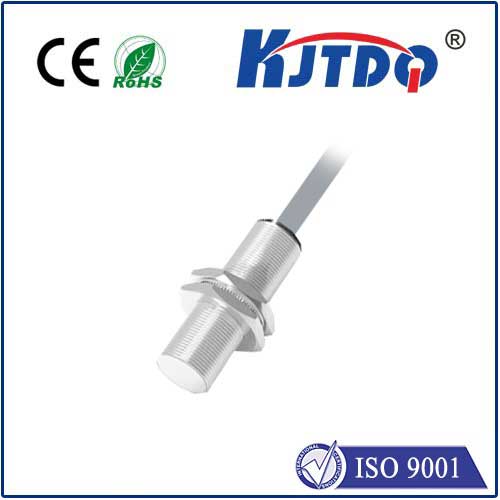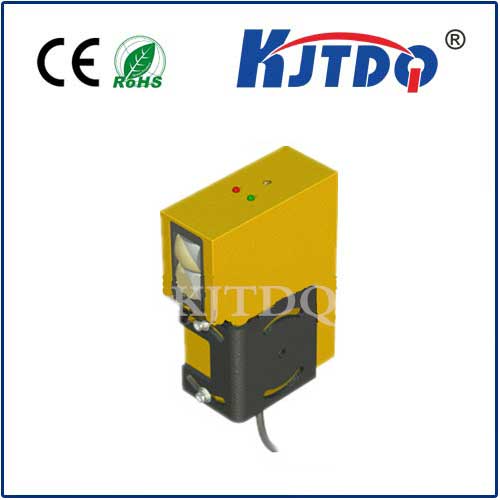

check

check

check

check

check

check

check

check

check

check
Imagine a high-speed packaging line where robotic arms move with lightning speed, precisely placing items onto conveyor belts without a single collision. Picture a CNC machine flawlessly machining intricate parts, its tool head halting exactly before contacting the fixture. Or envision automated doors in a busy factory sliding open seamlessly as workers approach, enhancing safety and workflow. What subtle yet vital component makes this precision and safety possible? Often, the answer lies in the unassuming yet critical role of Riko proximity sensors. These non-contact detection workhorses are fundamental to modern automation, and Riko has positioned itself as a key provider of reliable sensing solutions.
Understanding Proximity Sensors: The Foundation
At their core, proximity sensors are devices designed to detect the presence or absence of an object without physical contact. They achieve this by emitting a field (electromagnetic, capacitive, ultrasonic, or optical) and monitoring changes in that field caused by a target object entering its detection zone. This fundamental principle makes them invaluable across countless applications, replacing mechanical switches prone to wear and offering cleaner, faster, and more reliable operation.
Why Riko Proximity Sensors Stand Out in the Automation Arena
While the core principle is universal, the implementation matters immensely in demanding industrial environments. Riko proximity sensors are engineered to meet the rigorous demands of modern manufacturing, logistics, and process control. Here’s where their focus often lands:
Key Applications Powered by Riko Proximity Sensors
The practical impact of these sensors is immense:
Selecting the Right Riko Proximity Sensor: Key Considerations
Choosing the optimal sensor involves evaluating several factors:
The Imperative of Non-Contact Sensing
The shift from mechanical limit switches to proximity sensors like those from Riko represents a significant leap in industrial technology. Eliminating physical contact translates directly to reduced mechanical wear and tear, leading to longer sensor lifespan and significantly lower maintenance costs and downtime. Furthermore, non-contact operation allows for much faster response times, enabling higher machine speeds and throughput. The inherent cleanliness of the detection process also improves reliability in environments where contamination from switch debris could be problematic. Ultimately, integrating reliable Riko proximity sensors translates into measurable gains in productivity, quality control, and overall operational safety.
Implementing for Success: Mounting and Maintenance Insight
Proper installation is critical for peak performance. Ensuring correct alignment with the target path, maintaining the specified sensing distance, and securely mounting the sensor to minimize vibration effects are vital steps. While Riko proximity sensors are renowned for durability and requiring minimal maintenance, periodic checks for physical damage, cleanliness (especially optical faces), and verification of consistent output signals are recommended as part of a robust preventative maintenance strategy. Proper installation and occasional checks maximize the return on investment.
From the intricate dance of robotic assembly to the robust hum of heavy machinery and the silent vigilance of safety systems, Riko proximity sensors operate tirelessly in the background. They are the silent sentinels enabling smarter, safer, and more efficient industrial automation. By providing robust, reliable, and versatile non-contact detection solutions designed for the rigors of real-world applications, Riko empowers engineers and operators to build machinery and systems that perform at the highest levels of precision and reliability. Understanding their capabilities and selecting the right sensor for each unique challenge is fundamental to unlocking the full potential of modern automation.
